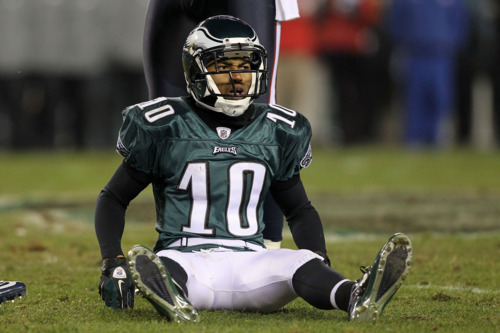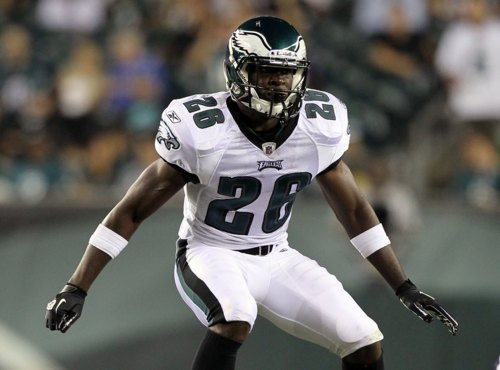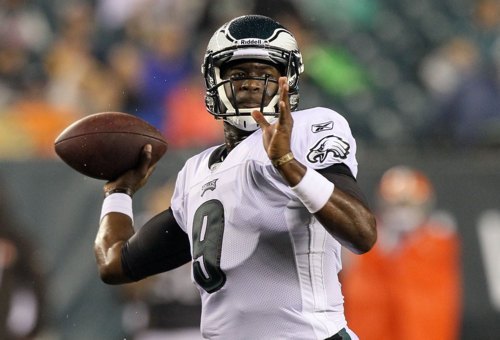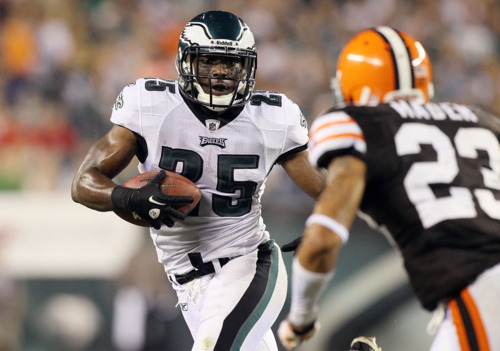
At the start of every season there is a split between the optimist and the pessimist Eagles fans. Some are asking about Super Bowl tickets and others are nursing another drink. Today’s post is for the worriers and the cynics. If you’re going to complain, at least do it right. Here’s what to be unhappy about:
Have the Eagles not learned the lesson of their division rival, the Washington Redskins? When was the last time a team bought its way to a Super Bowl? Sure, it’s great that the team is willing to spend. But a few free agent additions on the wrong side of 30 won’t be enough to get the Eagles over the hump.
Nor is it clear that these newcomers will fit in well. The addition of Nnamdi Asomugha and Dominique Rodgers-Cromartie look good on paper, but they’ve also alienated one of the Eagles leaders, Asante Samuel. That situation isn’t destined to end well. Jason Babin was here just a short while ago and couldn’t buy playing time. Are we sure that the longtime bust has finally turned a corner, or might he just have had one lucky season? And Vince Young? Whatever talent he has doesn’t make up for the boneheaded “Dream Team” comment.
Even worse, how can the front office spend so much money and still have no reasonable answer at middle linebacker or on the interior offensive line? The cornerback and defensive ends holes may have been plugged, but the team has let new leaks spring up without even a back up plan. Starting three “overwhelmed” rookies isn’t a sound strategy for a team that supposedly wants to compete for a Super Bowl. Oh, not to forget the rookies at kicker and punter. Nothing could possibly go wrong there (see Dodge, Matt).
If you don’t find fault in the players, what about the coaching? New defensive coordinator Juan Castillo is ill-prepared for his job and may be substituting a willingness to headbutt helmeted players for any actual aptitude. Meanwhile, his replacement Howard Mudd has torn up the only parts of the offensive line that worked last year and wants to rush the wrong players headlong into a new scheme that doesn’t fit them. It’s never a good sign when your coach is starting inexperienced linemen (Kelce) over better veterans (Jackson). Isn’t the goal to keep Michael Vick healthy?
Speaking of Vick, is anyone really sure that the offense can be as explosive as it was in 2010? Teams have now had a full offseason in which they had little else to do but scheme to stop Vick, and the end of last year gave a few clues. With DeSean Jackson unhappy about his contract and Jeremy Maclin recovering from his cancer scare, things aren’t exactly settled on offense.
There you have it, your 2011 hater’s guide. Use it in good health.
Photo from Getty.







